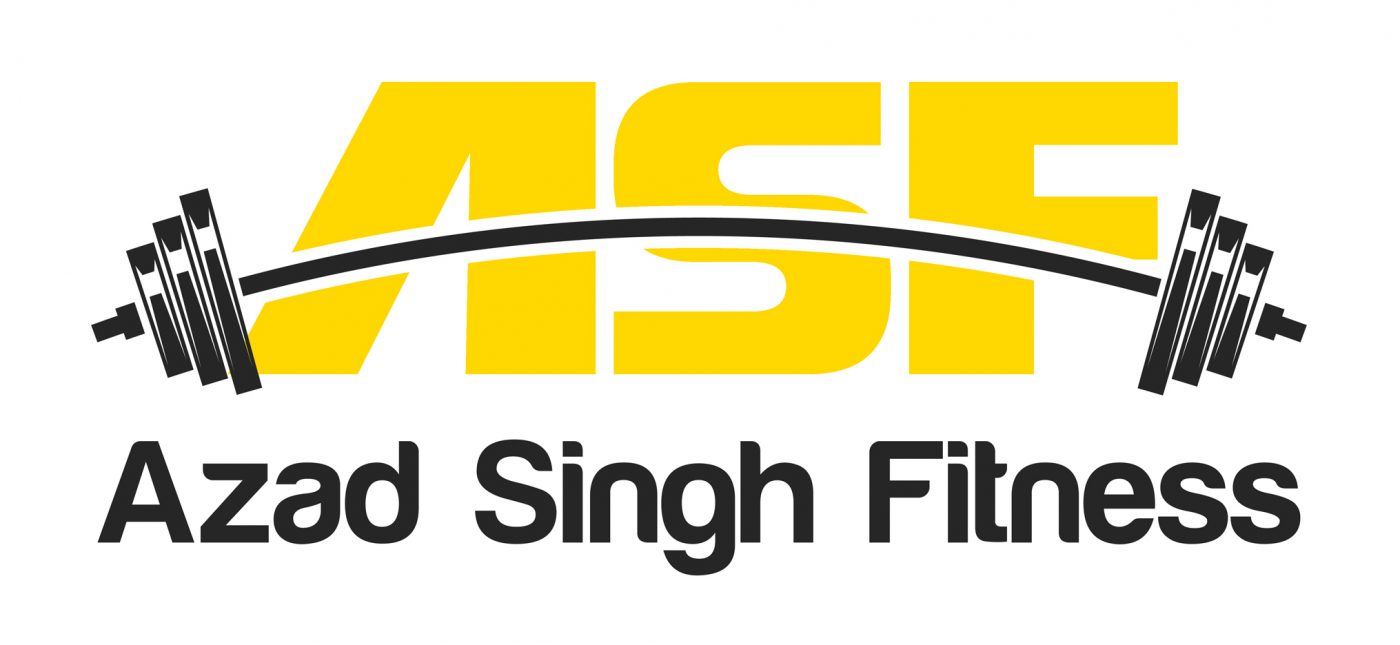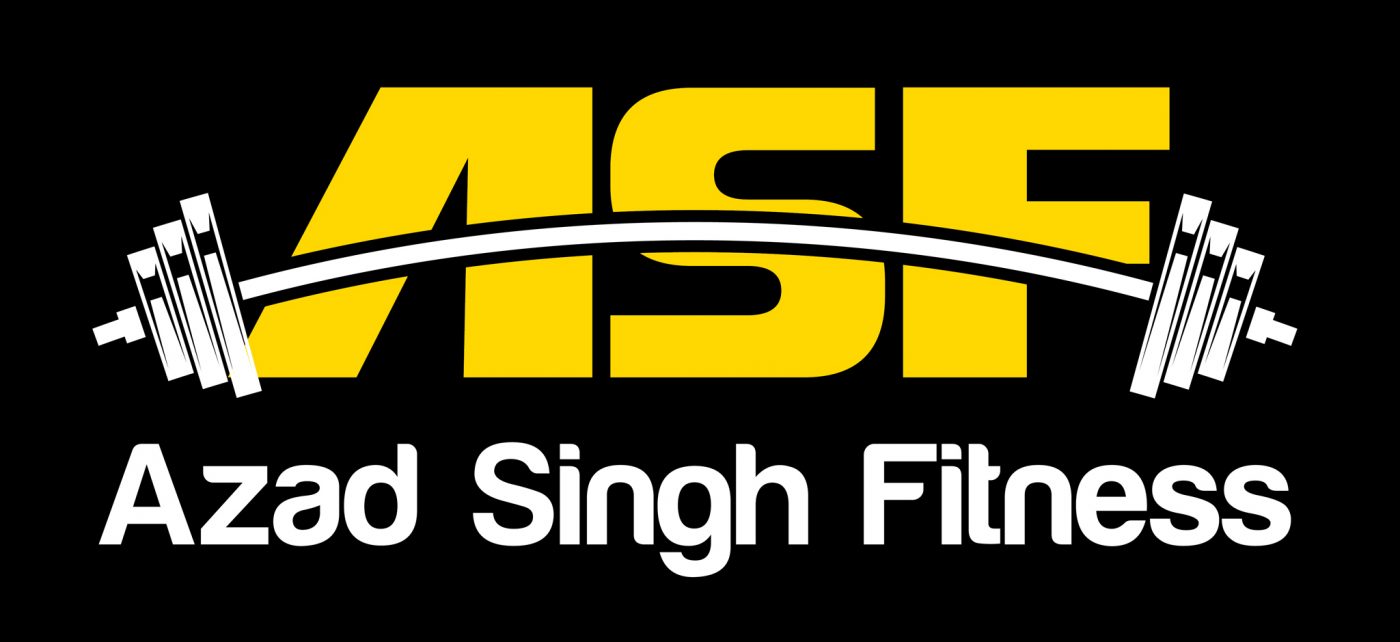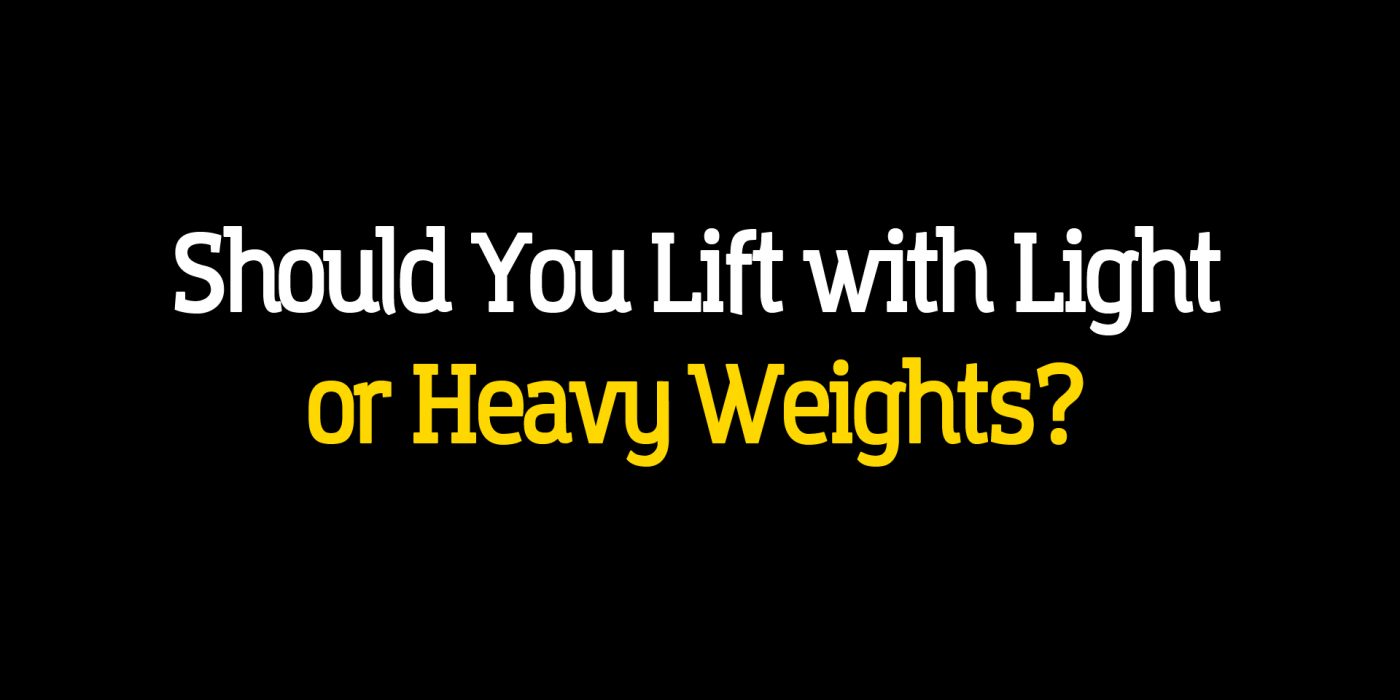There’s no such thing as light weight – you should always lift heavy and challenge yourself for the given rep range. I’ll explain in more detail below.
Some definitions to begin with
- Reps (repetitions) – One complete motion of an exercise
- Sets – A group of consecutive reps
- Top Set – The last and heaviest set for an exercise
- Failure – reaching the stage you’re unable to complete another complete motion or rep
- RPE – Rate of perceived exertion on a scale of 1-10 (more in depth definition below)
3 x 8
Or
3 x 20
You may have seen these on a workout plan at some point.
Three sets of eight is going to be a very different intensity and weight to three sets of twenty reps.
But how do we select the weight? Should it be light or heavy? Do we use heavy weight for sets of eight and light weight for sets of twenty or keep it light on both setups?
The answer is you always use a weight that’s challenging for the rep range to get maximum benefits. We want to be close to failure, having to struggle a little towards the end of the set in order to optimise muscle fiber recruitment and our gains. Doing a set of eight reps with something you can do thirty with won’t be very helpful as it won’t be intense enough.
Too often I see people unhappy with their results in the gym but when I request videos of them performing some key compound exercises the intensity is far too low. I see females doing goblet squats and kettlebell swings with 10kg kettlebells when they are clearly able to push the same rep range with 25kg.
This leads me onto another point and the real reason I think people use light weights for really non-intense sets – they believe light weights tone or tighten the body. This isn’t true.
Muscles either hypertrophy (get bigger) or atrophy (get smaller). They can stay the same size too, but that’s about as fun as them getting smaller. There is no such thing as toning muscles. You can get a ‘toned’ effect by increasing muscle size and reducing body fat percentage. That is certainly possible (and usually what people are referring to).
The intention when lifting weights should always be to help us increase muscle mass, trying to create a hypertrophy response. This is done with close to failure sets, intense enough sets for the given rep range.
So if you see 3 x 8 written on a plan. Ensure each set (or the top set – depending on how your program works) you’re going close to failure. Maybe a rep or two short of failure to avoid too much fatigue.
The same goes if you see 3 x 20 written. Each set (or the top set) you should be going close to failure. The set should be challenging enough for you to nearly fail at the 20th rep. When you get off the set, you want the sensation that if you tried to dig real deep you’d be able to complete one or two more reps maximum. For those of you that know the RPE scale, this would be RPE 8 or 9. Read below if you aren’t familiar with RPE.
RPE is rate of perceived exertion. The scale is 1 – 10. 1 being practically a pointless set, no real stimulus. 10 being I couldn’t do anymore reps with a gun to my head (complete failure). 8 represents two more reps in the tank and 9 represents 1 more rep in the tank.
I want to conclude by saying don’t be afraid of heavy weights. Sometimes it can be a bit of a mental hurdle to jump over to pick up something you’ve never attempted before but so long as you’ve taken the steps to progress there and not put a random weight on, I’m sure you’ll be fine. Usually you want to increment up slowly, like adding 2.5kg per session to the top set.
Don’t be afraid to push the intensity (so long as your technique is down).
You’ll get better gains.


